A cutting-edge vibration sensor may improve the next generation of gravitational-wave detectors to find the tiniest cosmic waves from the background hum of Earth’s motion.
During his Ph.D., postdoctoral researcher Joris van Heijningen from the ARC Center of Excellence for Gravitational Wave Discovery (OzGrav), developed the world’s most sensitive inertial vibration sensor. Now, he proposes a similar design, but 50 times more sensitive, at frequencies below 10 Hz, using cryogenic temperatures.
This new sensor measures vibrations as small as a few femtometer (a millionth of a billionth of a meter) with a 10 to 100 millisecond period (10 Hz to 100 Hz). The paper recently published in IOP’s Journal of Instrumentation reveals a prototype of the next generation of seismic isolation systems with sensitivity down to 1Hz, using cryogenic temperatures—lower than 9.2 degrees and above the absolute zero.
Even though we can’t feel it, our planet is always vibrating a tiny bit due to many different events, both cosmic and earthly; for example, from gravitational waves (minuscule ripples in spacetime); ocean waves crashing on the shore; or human activity. According to Dr. van Heijningen, some places vibrate more than others and, if you plot these vibrations, they lie between two lines called the Peterson Low and High Noise Models (LNM/HNM).
‘The best commercial vibration sensors have been developed to have a sensitivity that lies below the LNM. They are sufficiently sensitive to measure all places on Earth with a decent signal-to-noise-ratio,’ says van Heijningen.
To date, the Laser Interferometer Gravitational-Wave Observatory (LIGO), with its four-kilometer (2.5-mile) long arms, uses seismic isolation systems to prevent earthly vibrations affecting scientific measurements; however, future gravitational wave-detectors demand more advanced and precise vibration sensors.
Scientists are already working on a third generation of detectors that will have the power to detect hundreds of black-hole mergers each year, measuring their masses and spins—even more than LIGO, or its European equivalent, Virgo, can measure.
In the US, there will be the Cosmic Explorer: a 40-kilometer observatory that will be able to detect hundreds of thousands of black-hole mergers each year. Equally as impressive will be the Einstein Telescope in Europe, with its 10-kilometer armed, triangular configuration built underground.
Future detectors will be able to measure gravitational waves at frequencies lower than the current cut-off ~10 Hz, ‘because that’s where the signals from collisions of black holes are lurking,’ van Heijningen explains. But one of the main issues of these huge detectors is that they need to be extremely stable—the smallest vibration can hamper detections.
‘Essentially getting the system close to zero degrees Kelvin (which is 270 degrees below zero Celsius) drastically reduces the so-called thermal noise, which is dominant at low frequencies. Temperature is a vibration of atoms in some sense, and this minuscule vibration causes noise in our sensors and detectors,’ says van Heijningen.
Future detectors will need to cool down to cryogenic temperatures, but it is no easy feat. Once scientists achieve that, exploiting the cryogenic environment will improve sensor performance following this proposal design. At his new position as a research scientist at UCLouvain in Belgium, van Heijningen plans to prototype this sensor design and test its performance for The Einstein Telescope.
Reference: “A fifty-fold improvement of thermal noise limited inertial sensitivity by operating at cryogenic temperatures” by J.V. van Heijningen, 30 June 2020, Journal of Instrumentation.
DOI: 10.1088/1748-0221/15/06/P06034

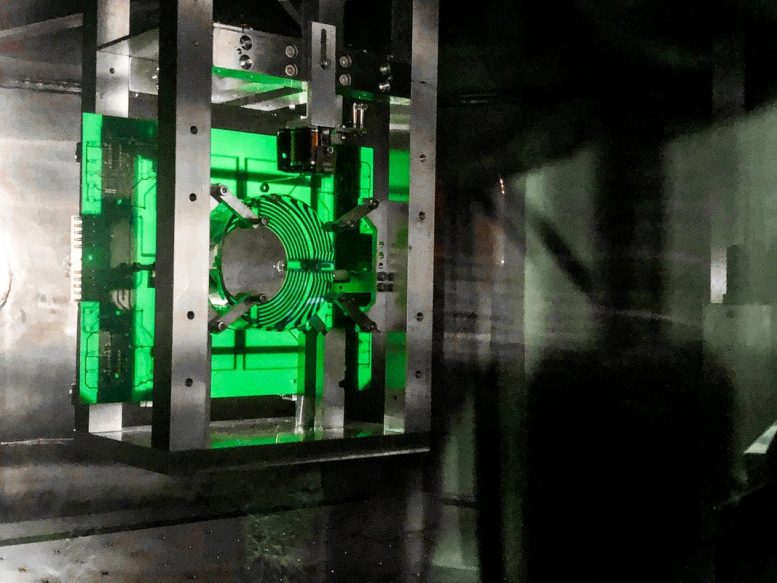
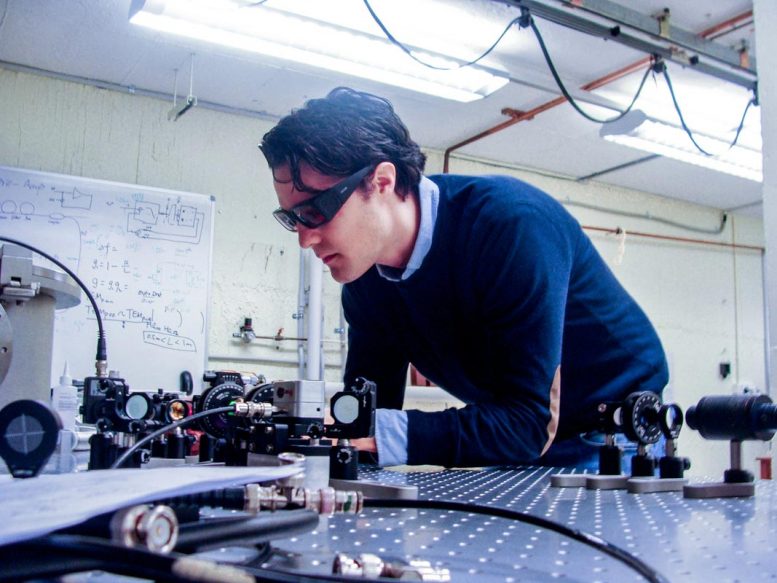
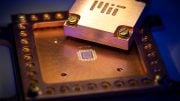
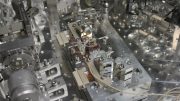
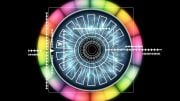
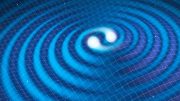


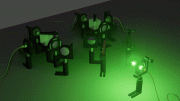
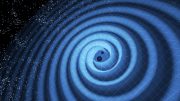
Be the first to comment on "Earth-Shaking Science at Cryogenic Temperatures: Next Generation Vibration Sensors"